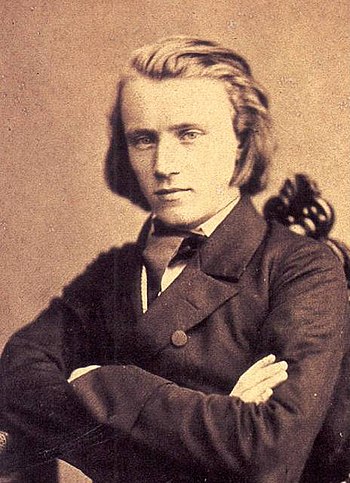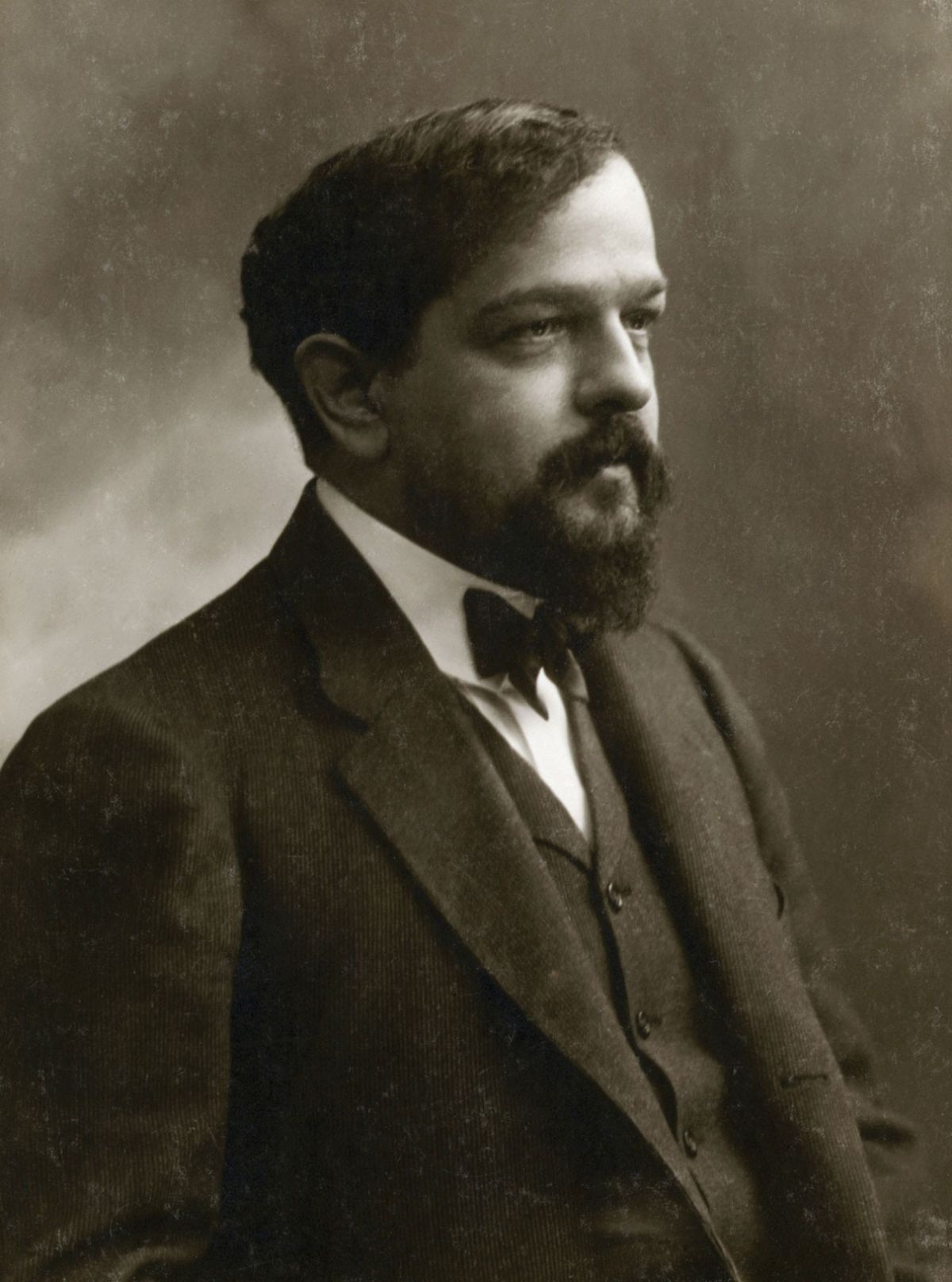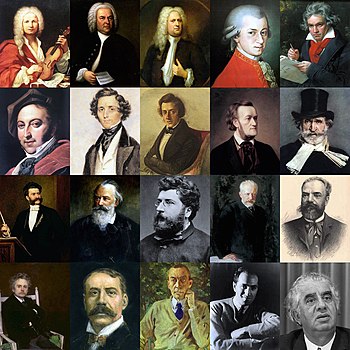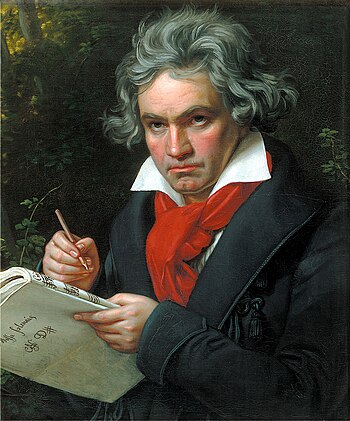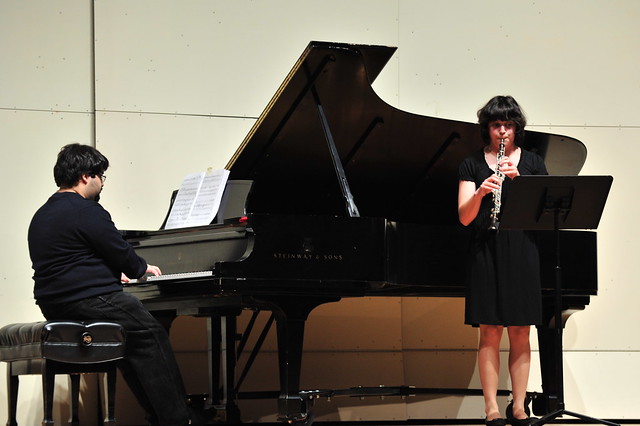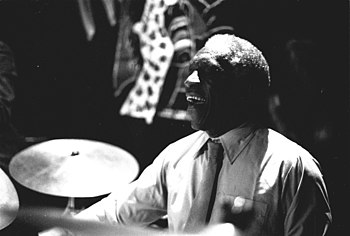 |
| Talib Kweli performing in Brooklyn/Red Bull Experiment (Photo credit: Wikipedia) |
Gangster rap, or hardcore rap, is generally considered a sub genre of the larger category of rap music, which itself is a subcategory of hip-hop. Gangster rap is differentiable from other rap music in that it makes use of images of urban life associated with crime (Haugen, 2). According to the Encyclopedia Britannica definition of gangster rap, the top four images associated with the genre are violence, drugs, materialism and sexual promiscuity.
Gangster Rappers as Defining the Hip-Hop Social Group
As the hip-hop movement has gained recognition throughout the United States, it has established itself as one of the fastest growing social groups anywhere. In the late 1990s immediately following the murders of both Tupac Shakur and Christopher Wallace, two nationally known gangster rappers, a propaganda campaign escalated against rap music and the hip-hop culture (Slaughter). Although gangster rap only represented a small percentage of the hip-hop culture at the time, all hip-hop and rap music was instantly stereotyped negatively as being “gangter-like”. Why? Well, this gangster version of hip-hop was the highest selling and most recognized form of hip-hop music among the majority class. And many critics have determined that this is because America is in love with sex, drugs and violence (Whaley).
Hip-Hop’s Rejection of Inferior Social Group Status
Henri Tajfel, a social psychologist who developed a theory of inter-group relations and social change, argues that members of a social group deemed inferior by a majority class can either accept or reject their inferior position in society. If a group refuses to accept its inferior position in society as just, it will attempt as a group to change things (Coates, 8-9). A large number of hip-hop artists have used their musical lyrics to reject the inferior social status placed upon them by the majority class.
The Reconstruction of the Gangster Identity
I have found that hip-hop artists use lyrics, both musical and poetic, to redefine the negatives characteristics given to their culture by the majority class, and in the process, reconstruct the gangster identity. By examining these hip-hop and gangster rap lyrics as text, I will show ways in which the lyrics attempt to reconstruct the stereotyped gangster rap identity by examining different views of violence, drugs, materialism and sexual promiscuity. In the end, one tends to wonder: Who exactly are the real gangsters?
Violence
That the hip-hop culture represents gangster-like violence is perhaps the biggest disputed claim amongst hip-hop artists. In order to disprove this claim, many hip-hop artists have pointed to the violence that exists within the majority social group, and how it leads to violence all over the world.
In “Violence”, 2 Pac demonstrates his belief that violence was prevalent long before gangster rap existed:
I told em fight back, attack on society
If this is violence, then violent's what I gotta be
If you investigate you'll find out where it's comin’ from
Look through our history, America's the violent one
Here, the poet points to American society as “the violent one” and that he has to be violent in order to “fight back.”
In “Who Knew”, Eminem showed a similar viewpoint by expressing his belief that violence is a common occurrence in American society, yet not challenged in genres outside of the urban environment:
So who's bringin’ the guns in this country?
I couldn't sneak a plastic pellet gun through customs over in London
And last week, I seen a Schwarzaneggar movie
Where he's shootin’ all sorts of these bad guys with an Uzi
Here, the poet questions the existence of violence in a country that allows firearms and violent movies.
In “Casualties of War”, Rakim blames the United States government, specifically its Head of State, as the group causing the violence in society with their war-like ways:
I'ma get back to New York in one piece
But I'm bent in the sand that is hot as the city streets
Sky lights up like fireworks blind me
Bullets, whistlin’ over my head remind me...
President Bush said attack
Flashback to Nam, I might not make it back
In this text, the poet refers to our country’s decision to go to war as an example of the violence that exists amongst the majority social class.
In “The Watcher”, Dr. Dre redefines the negative characteristic of violence by pointing to the police force as the source of violence, and therefore, referring to them as “gangster-like”:
Things just ain't the same for gangstas
Cops is anxious to put people in handcuffs
They wanna hang us, see us dead or enslave us
Keep us trapped in the same place we raised in
Then they wonder why we act so outrageous
Run around stressed out and pull out gauges
Cause everytime you let the animal out cages
It's dangerous, to people who look like strangers
Here, the poet accuses the majority class of keeping them “trapped in the same place we raised in” and that the perceived violence is only due to the introduction of “people who look like strangers.”
These are examples of how hip-hop artists redefine the image of violence by showing how it exists or was created within the majority social group.
Drugs
Another common disputed stereotype of hip-hop artists is their use and distribution of illegal drugs. In attempts to redefine this negative characteristic, many hip-hop artists have pointed at the majority social group as the facilitator of drug abuse.
In “Justify My Thug”, Jay-Z speaks directly to members of government, raising questions about who has made the availability and use of these drugs possible:
Mr. President, there's drugs in our residence
Tell me what you want me to do, come break bread with us
Mr. Governor, I swear there's a cover up
Every other corner there's a liquor store - what is up?
In this example, the poet inquires as to why there is a liquor store in “every other corner” of his community.
In “I Want to Talk to You”, Nas uses the same approach to challenge the notion of drug distribution by asking his representatives what they would do in his situation:
Why y'all made it so hard, damn
People gotta go create their own job
Mr. Mayo,r imagine if this was your backyard
Mr. Governo,r imagine if it was your kids that starved
Imagine your kids gotta sling crack to survive
Here, the poet claims that the distribution of drugs is not only an effect of the poverty that exists in his environment, but also a means of survival.
In “Manifesto”, Talib Kweli actually accuses the government of being the body which allows drugs into the country:
Like the C.I.A. be bringin’ in crack cocaine bailin’ out of planes
With the George Bush connections, I push Reflection
Like I'm sellin’ izm, like a dealer buildin’ the system
Supply and the demand it's all capitalism
People don't sell crack cause they like to see blacks smoke
People sell crack cause they broke
In this example, the poet accuses the C.I.A. of flying drugs into the country, and again reiterates the point that it is a means of survival due to the “supply and demand” of a capitalist society.
In “Damn It Feels Good to be a Gangster”, the Geto Boys fully redefine the negative characteristic of drug distribution by accusing the President of being a drug dealer, and therefore, a gangster:
And now, a word from the President!
Damn it feels good to be a gangsta
Getting’ voted into the White House
Everything lookin’ good to the people of the world
But the Mafia family is my boss
So every now and then I owe a favor gettin' down
Like lettin' a big drug shipment through
And send 'em to the poor community
So we can bust you know who
These examples show how hip-hop artists redefine the image of being drug dealers and users by again pointing to the majority class as the creator of the drug problem in this country.
Materialism
Hip-hop music is also seen by the majority class as a genre dominated by materialism. Again, artists point back to the majority class in an attempt to redefine this negative characteristic.
In “Respiration”, Black Star points to all the wealth surrounding urban areas, and how it absorbs the lower class in materialism, making them want parts of that wealth:
Where mercenaries is paid to trade hot stock tips
For profits, thirsty criminals take pockets
Hard knuckles on the second hands of workin’ class watches
Skyscrapers is colossus, the cost of living
Is preposterous, stay alive, you play or die, no options
Here, the poet talks about various materialistic aspects of the majority class, and how the lower class must “play or die” to “stay alive.”
In “All Falls Down”, Kanye West actually blames this materialism on American society:
It seems we living the American dream
But the people highest up got the lowest self esteem
The prettiest people do the ugliest things
For the road to riches and diamond rings
In this example, the poet blames the “American dream” for materialism, saying it causes people to “do the ugliest things” for “riches and diamond rings.”
In “Los Angeles Times”, Xzibit also blames this materialism on the majority class, claiming that is what the youth are taught coming up in urban environments:
Welcome to L.A.
Where you can see the whole city burning
Cause the cops got Uzis and the dealers keep serving
And your kids ain't learning it, except this
Sex power and wealth, forget everything else
Here, the poet expresses his belief that certain aspects of materialism, including “power and wealth” are taught to children through occurrences in society.
These are examples how hip-hop artists redefine the negative characteristic of being materialistic by showing examples of how this materialism is prevalent in the majority class, and often created within that class.
Sex
And the final debated stereotype of the hip-hop social class is that they are sexually promiscuous, often leading to disrespectful treatment towards women. The poets also attempt to redefine this stereotype by blaming the core of the problem on society.
In “Pussy Galore”, the Roots claim that the country’s obsession with sex is pushed by sexually-driven marketing campaigns:
Lookin' out the limo window up at the billboards
200 miles, she was the only thing I saw
Promotin' everything, from the liquor to the nicotine
Cell phones, anti-histamines, chicken wings
You gotta show a little skin to get them listening
For real yo, the world is a sex machine
In this example, the poet retells a personal experience in which he saw sex advertisements as “promotin’ everything.” And in order to “get them listening”, he claims, “you gotta show a little skin.”
In “Get By”, Talib Kweli blames this sexual obsession on what we view on television:
The TV got us reachin’ for stars
Not the ones between Venus and Mars,
The ones that be readin’ for parts
Some people get breast enhancements and penis enlargers
Here, the poet expresses his belief that television creates a misconception of what people should be sexually, and that contributes to the promiscuity that is being blamed on the hip-hop movement.
Hip-hop artists have used their lyrics and poetry to influence the rejection and reconstruction of the gangster identity that plagues their social class. This is accomplished through the redefining of negative characteristics assigned by the majority class. In most cases, these redefinitions include pointing to the majority class as the real holders of these negative characteristics. The redefining of these “gangster-like” images through hip-hop lyrics helps to reconstruct the gangster identity by questioning “gangster-like” behaviors and which social class actually has these behaviors. So the question presented is: Who exactly are the gangsters?
Works Cited / Discography
2 Pac. 2Pacalypse Now. Jive Records, 1991.
Black Star. Mos Def & Talib Kweli are Black Star. Rawkus Records, 1998.
Coates, Jennifer. Women, Men and Language. Longman Publishing, New York: 1993.
Dr. Dre. The Chronic 2001. Interscope Records, 1999.
Eminem. The Marshall Mathers LP. Interscope Records, 2000.
Geto Boys. Uncut Dope LP. Interscope Records, 1999.
Haugen, Jason. “‘Unladylike Divas’: Language, Gender and Female Gangster Rappers.” Popular Music and Society: December, 2003.
Jay Z. The Black Album. Def Jam, 2003.
Kanye West. College Dropout. Roc-A-Fella Records, 2004.
Nas. I Am. Sony Records, 1999.
Rakim. Don’t Sweat the Technique. MCA Records, 1992.
Rawkus Records. Lyricist Lounge Volume 1. Priority Records, 1999.
Slaughter, Peter. “Attack on Rap Music.” Barutiwa Weekly News. June 14, 1997.
Talib Kweli & DJ Hi-Tek. Train of Thought. Rawkus Records, 2000.
Talib Kweli. Quality. Rawkus Records, 2003.
The Roots. Phrenology. MCA Records, 2002.
Whaley, Angela. “Hip Hop is Not for Sale.” Colorado State University’s Talking Back: Volume 3, Issue 1.
Xzibit. 40 Days and 40 Nights. Loud Records, 1998.

